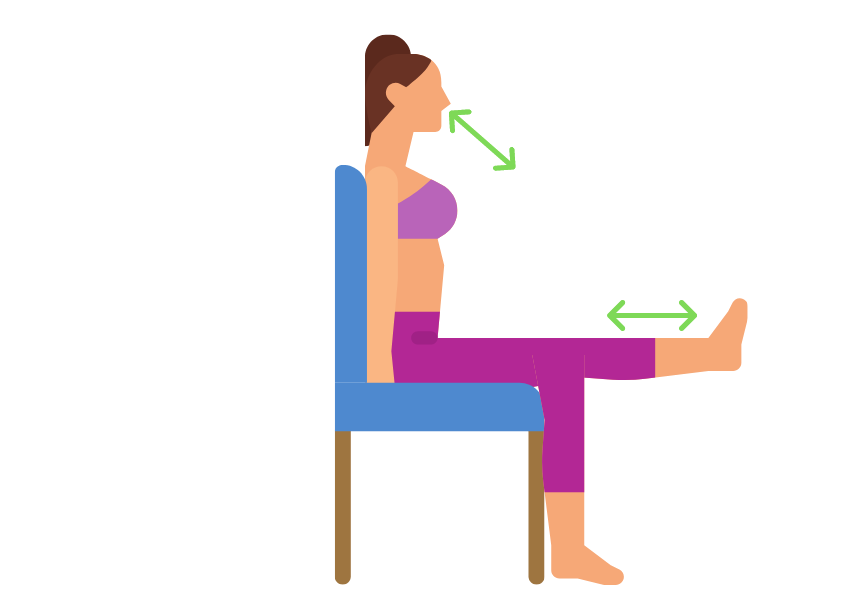The term “Sciatica” is often used by my patients to describe a number of issues from pain, weakness and numbness down the back of the leg. Sciatica is in fact just the pain associated with the sciatic nerve. Commonly the irritation is thought to have come from the compression of the nerve, research has shown that the pain is a result of irritation to the nerve such as inflammation or disc herniation, where weakness and numbness is a result of compression of the nerve.
Where does my Sciatic Nerve go?
The Sciatic nerve branches from your lower back, from L4- S3, runs deep through your buttocks, posterior to your hip and down the middle of the back of your leg to your knee, here it branches into distal nerves
How does the nerve become irritated?
There are a number of ways that your sciatic nerve can become irritated. The research suggest that approximately 90% of sciatica is caused by a disc bulge or herniation.
Other causes can be Lumbar Spine Canal Stenosis, which is the spinal canal becoming narrower and causing compression and irritation of the nerves. Less common is a spinal tumor compressing the nerve.
How do I treat sciatica?
There is evidence mounting against injection of tendons, and While the research is unsure of the best course of action for recovery from Sciatica, it does suggest that:
- Most acute forms of sciatica resolve in approximately 2 weeks.
- Bed rest my help symptomatically, however it will not speed recovery and could extend recovery times.
- Advise to stay active within pain limits will aid recovery.
- A scan is not necessary unless conservative treatment has failed and surgery may be a consideration. Approximately 20-30% of cases of Sciatica require surgical intervention.
- Evidence over the course of 1-2 years shows no benefit between those that have surgery and those that stay with conservative care.
If you Google “best Sciatica treatment”, you may come across a stretching protocol. While stretching may give you some momentary relief, this act is more likely to irritate the nerve further. You would be better off try one of these neural glides or flossing, where the idea is to move the nerve along its pathway without changing the overall length too much.

Other exercise programs on the Internet that claim to be able to fix your sciatica, will work for some people. Why don’t they work for everyone? Well the answer is simple; it’s not tailored to the person’s unique set of circumstances.
Do I need a scan?
A scan is not necessary to confirm a diagnosis of Sciatica and does not change initial treatment pathways. If the pain persists for greater than 12 weeks or you begin to get neurological deficits such as numbness or weakness, etc.
Do I need surgery?
While most people with sciatica can recover with conservative treatment, some may benefit from surgical intervention if there is no improvement in 8weeks. This can speed up recovery, however the effective is similar to someone who did conservative treatment after 1 year.
If you think that you have Sciatica then our physiotherapist can assess your body to determine is that is the cause of your pain, then tailor a treatment plan to aid your recovery. Call our friendly administration team to book your assessment today, or book online here.
Book an appointment
Need to see a Physiotherapist? Book an appointment now with one of our team by calling
For more information, please see our FAQs or contact the clinic.








